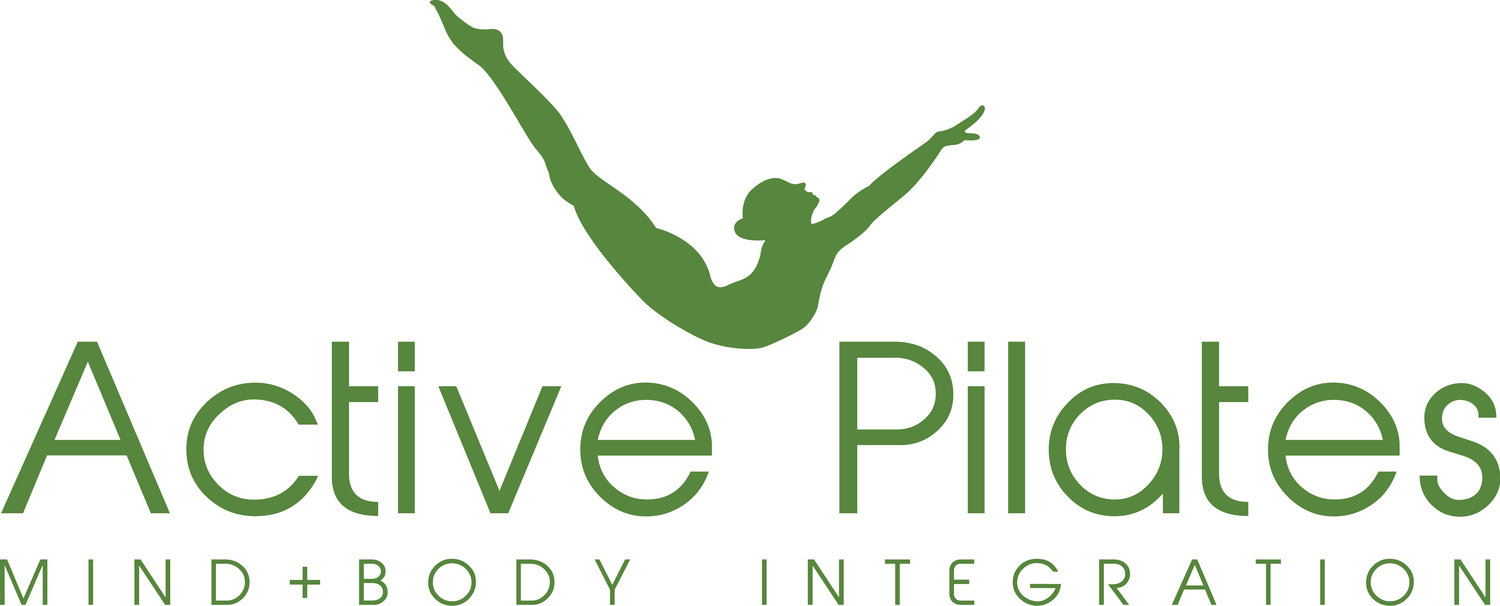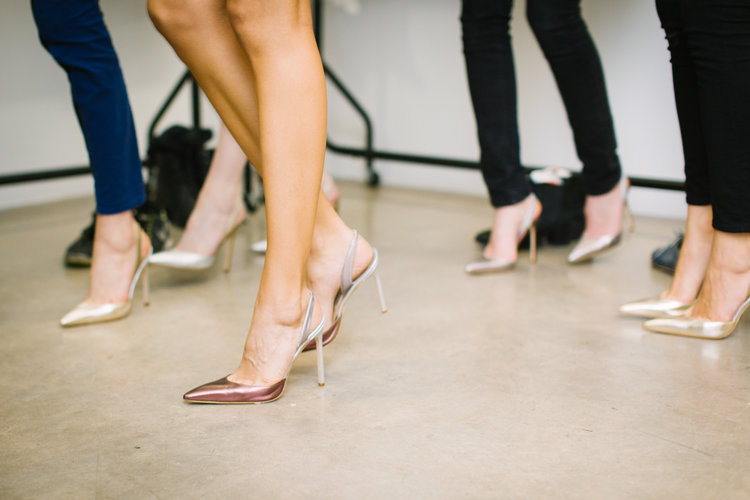Pilates helps with common back problems
Pilates - your secret weapon for overcoming common back problems
If you think Pilates is just for fit young things who look good in Lycra – think again! Pilates is the perfect exercise for people of all ages and all abilities. In fact, it’s the perfect antidote for modern living, especially if you spend hours sitting at a desk every day. It’s also an ideal exercise for people with particular spinal issues, such as scoliosis, sway-back, postural problems or muscle weakness.
We look at a couple of these issues and highlight how Pilates can bring your body back into balance and improve your overall health.
1. The kyphotic-lordotic posture
A bit of a mouthful, but kyphotic-lordotic posture, also known as ‘sway-back’, is a common problem of the spine. Often caused by poor posture, it occurs when the curve of the spine is slightly exaggerated. Typically, your bum will stick out a bit and so does your chest. An exaggerated curve in the upper spine forms a hump, and the shoulders become rounded. It’s a common posture for women who wear high-heels.
High heels are bad for your joints, knees, hips …
What happens to your body when you have a kyphotic-lordotic posture?
It causes certain muscles along your spine to become shortened and tight (hypertonic), while other muscles are stretched-out taut. The strain on your body can result in lower back pain, especially if you’re standing for long periods of time. Pilates helps to keep your spine in good alignment. It’s an effective way to correct the problems associated with kyphotic-lordotic posture. With the right exercises, you can strengthen the muscles and ligaments in the back and open up the chest.
The best exercises to help overcome the problem are:
· Stretching the hip flexors using single thigh stretches
· Stretching the lower back with cow stretch
· Strengthening your abdominal muscles using curl-ups
· Strengthening the glutes (butt muscles) and hamstrings using a hip roll
2. Scoliosis
Scoliosis is another common back issue. It develops when “the spine bends sideways and rotates along its vertical axis.” A chronic condition, it can occur at any age from infants, to adolescence and adulthood. Contrary to popular belief, the most common cause of scoliosis is not ‘bad posture’ or by carrying a heavy school bag when you were young.
There are different types of scoliosis of the spine. They can be:
· Congenital (present at birth)
· Neuromuscular (caused by a wide variety of diseases and disorders of the central nervous system), and
· Paralytic (developed due to an injury to the spinal cord, such as quadriplegia)
Strong core is helping to support your back.
In severe cases, people may need surgery to correct the problem. Though there’s no cure for scoliosis, Pilates can help to overcome the symptoms associated with the condition. It does this by increasing core strength and building-up the strength of the supporting muscles around the spine.
It can also help to increase flexibility by releasing tension in the muscles, which is often a problem for scoliosis sufferers.
It’s important to get the right advice
As with any aspect of your health, it’s essential that you seek the right advice. Making sure you do your exercises correctly often requires close supervision.
At Active Pilates, we’re trained to help you regain a healthy posture and reduce the tension caused by many common conditions of the spine.


